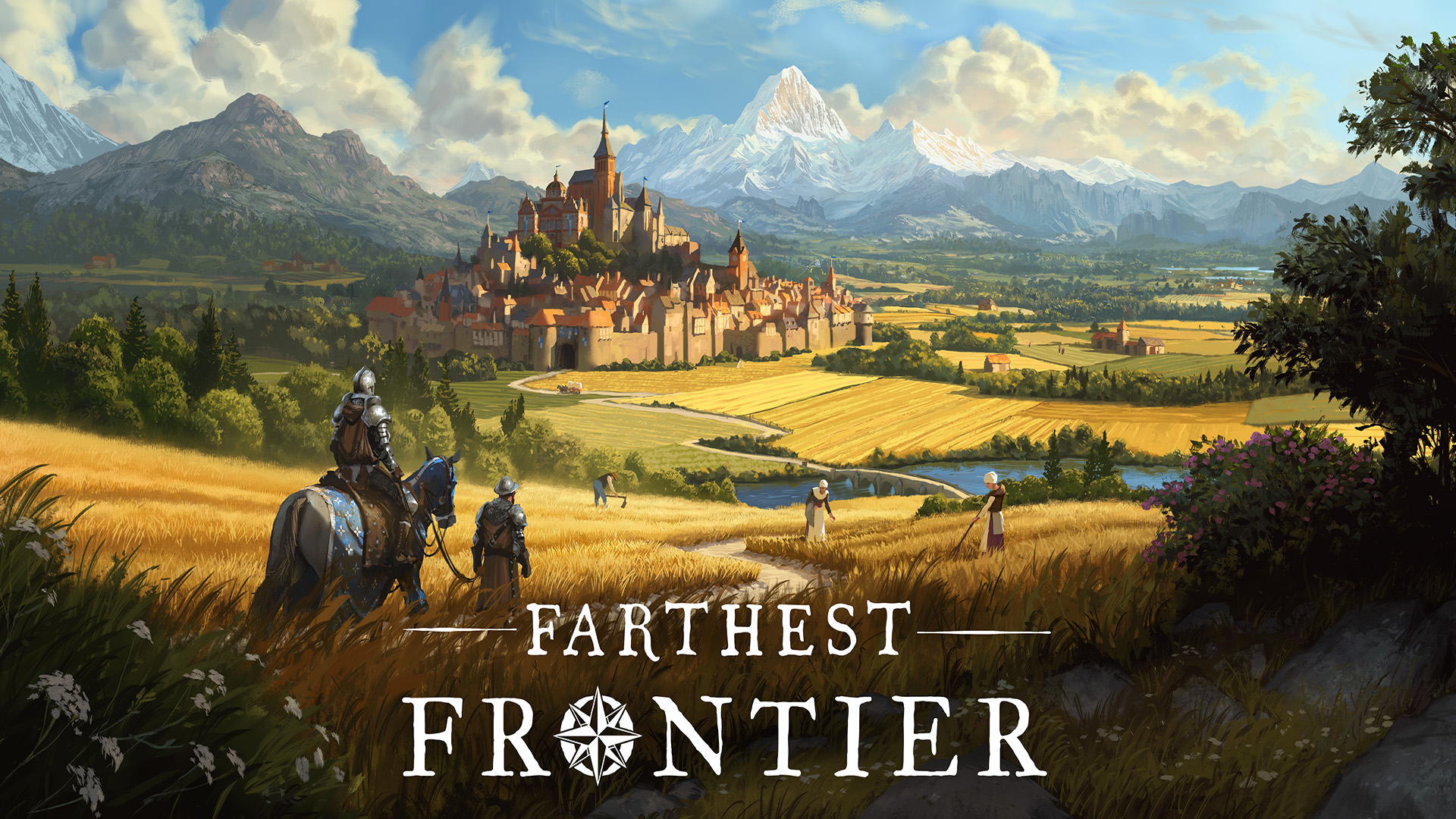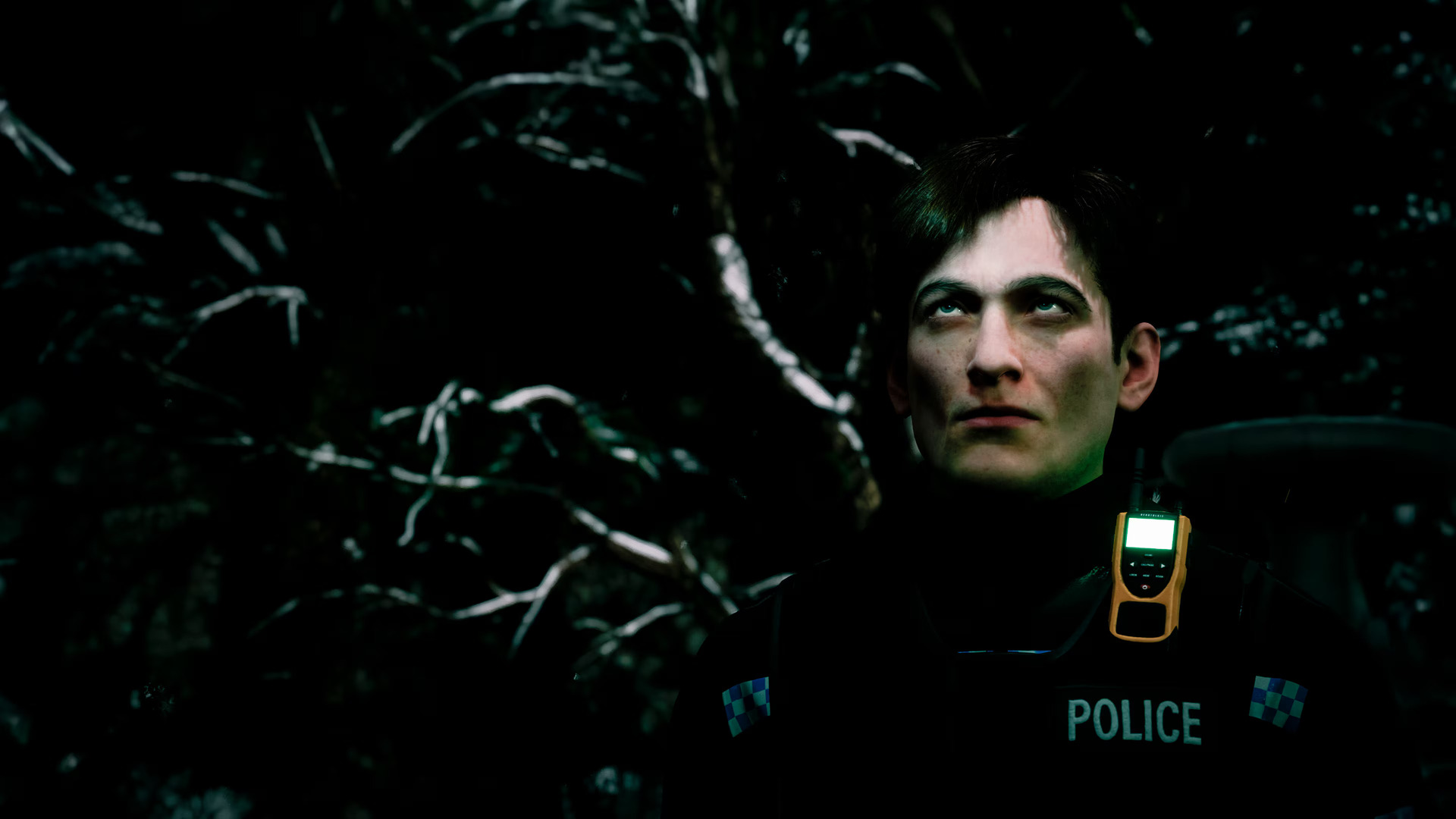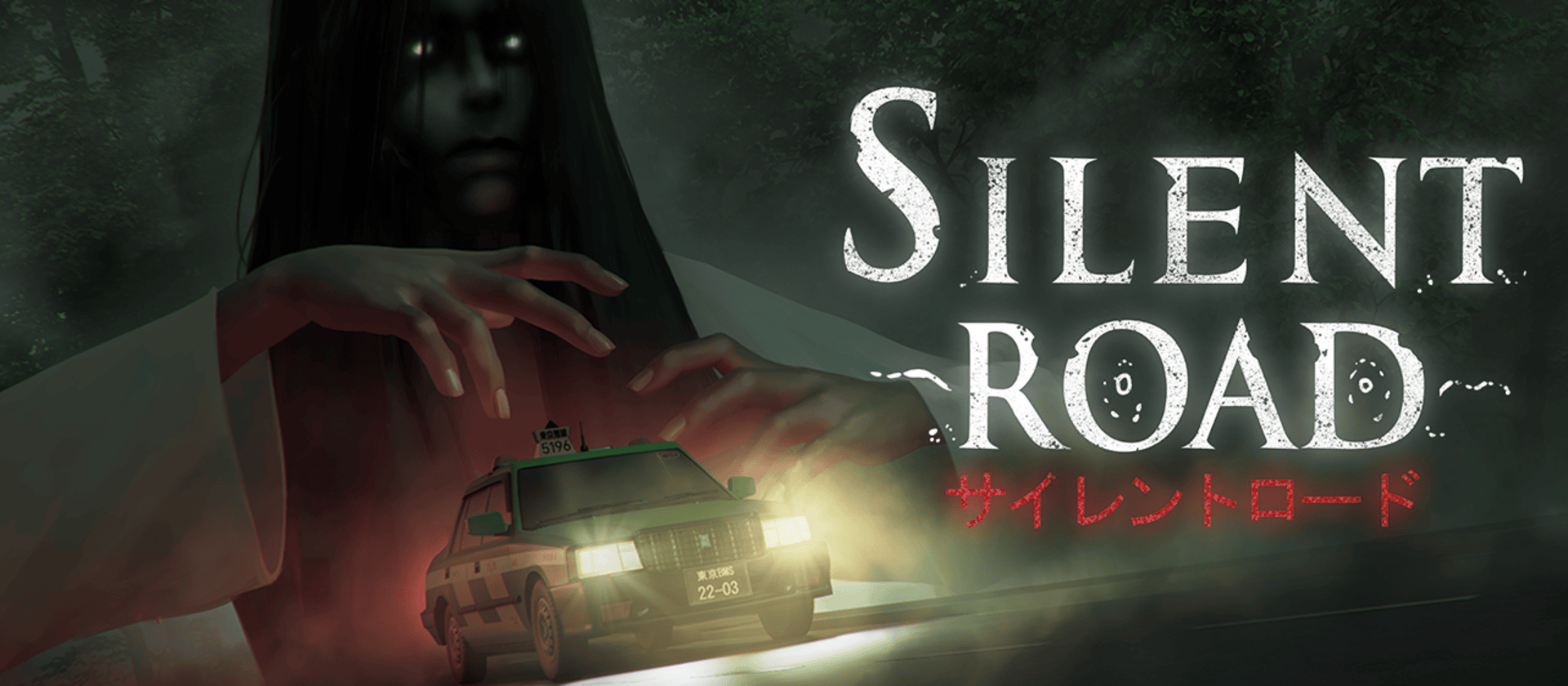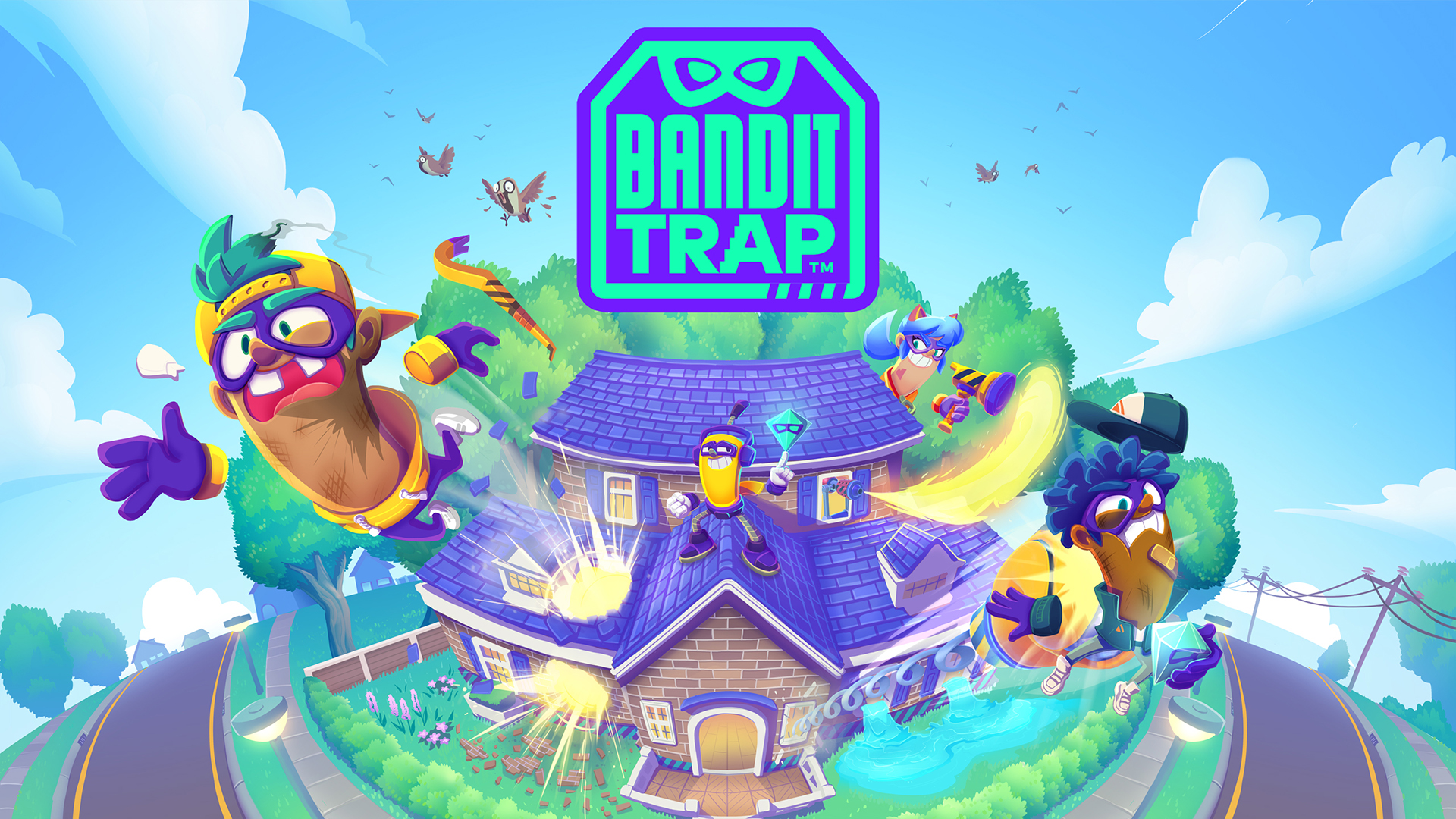Last Updated on Oct 31, 2025 @ 10:17:03 AM.
After a few years in early access, the medieval city-builder Farthest Frontier is finally making the large step of moving onto its version 1.0 update, allowing players to jump right in and create vast villages full of life and incredible detail.
Before the game’s official changeover to its version 1.0 update, I was granted the opportunity to try out the game in all its glory as I created my own settlement from scratch and watched it grow from a small town hall into a bustling city full of life. Throughout my time with Farthest Frontier, I tried out a few of the different locations and mechanics that were involved within the game to see how they would alter the experience, along with focusing on one specific settlement to see as much as I could before I either ended up losing it to raiders or the potential plagues awaiting me.
The Numerous Maps of Farthest Frontier are beautiful and Incredibly Detailed
Let’s talk about one of the most important parts of Farthest Frontier, and that is the numerous maps that the player can choose from upon starting their settlements at the beginning of the game. Even though the game does provide a difficulty option, as well as different sliders to fine-tune the difficulty, there is also the option to choose different maps that also provide their own twists to the game’s difficulty.
Whether it be a basic map that allows the player ease of access to a majority of the resources throughout their playthrough or a challenging map that lowers the chances of resources and even adds the challenge of reducing the rate at which the crops grow within these lands, making it harder to keep your villagers fed and healthy.
During my time with Farthest Frontier, I spent the majority of my time within the standard map, allowing me to focus on progressing through the numerous stages of medieval city-building, but I was able to try out the other locations to see how challenging they were.
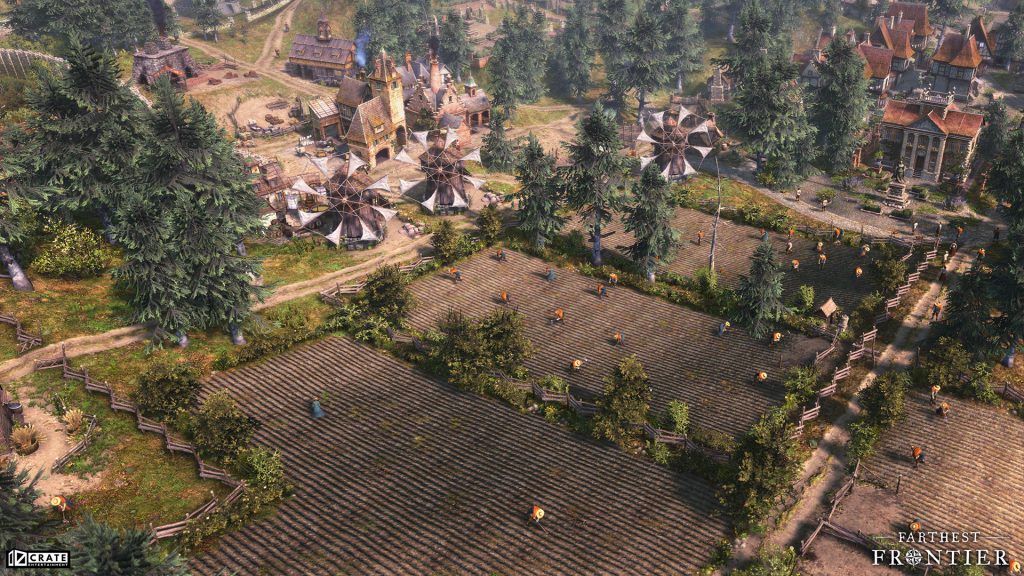
Although these challenges were something I was able to overcome after having some practice, for those who have experience with city-building games similar to Farthest Frontier, I would still recommend trying a more balanced location first, as these allowed me to get to grips with the numerous mechanics that were present within the game.
For me, the best part about these locations is that each of them was unique as well. No matter what location I chose, they were each randomly generated, allowing me to try out different setups for my settlement while also challenging me to be creative with either a limited amount of space or as much open space as possible.
As an honorable mention, the developers have even gone above and beyond regarding the randomly generated maps as they have also included the ability to reroll the locations if you aren’t happy with the layout at the start. This means that players still have a small amount of choice when it comes to a randomly generated location.
There May be Numerous Mechanics, But They Work Together so Well
One of the biggest challenges a city-building game like Farthest Frontier would come across is managing to avoid overloading the player with all kinds of complicated and messy mechanics that will ultimately drive them mad learning and perfecting throughout their time playing the game.
During my time with Farthest Frontier, I did find that this often wasn’t the case, as a lot of the time the game does provide a very in-depth tutorial when it comes to certain mechanics within the game, such as placing buildings, assigning work locations, and even fighting off raiders, but there were instances in which I found myself searching through a few different menus to find select pieces of information.
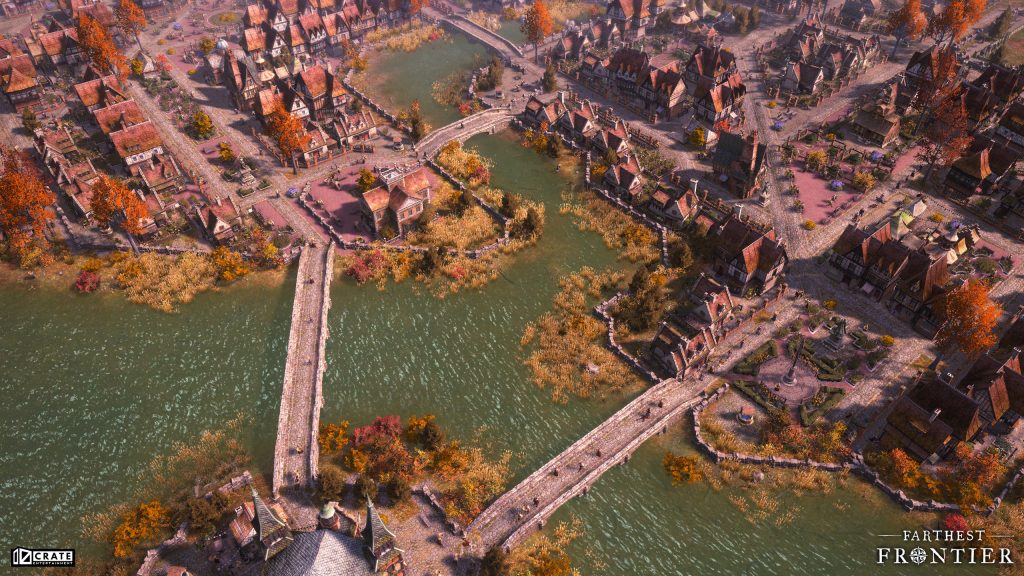
At the start of the game, these mechanics do start relatively simple with simple drag-and-drop options and so on, but as the game progresses, so do the mechanics. In the early hours of the game, a lot of different mechanics are thrown at the player early on, leading to a sense of being overwhelmed, but as the game progresses, these mechanics are slowly trained into the player, and some are even taken over by buildings within the game itself, allowing for a smoother and less stressful experience.
The biggest challenge I found when it came to keeping track of different mechanics within the game was the unlocks the player was able to obtain. Early on within the game, I found myself with the ability to unlock certain buildings through the skill tree to help advance my settlement, and at first, I believed it was as simple as that. Unfortunately, there were a few restrictions I wasn’t made aware of upon purchasing these upgrades.
For me, this felt like a small oversight, as I did attempt to search for an understanding as to why, after purchasing a new building, I wasn’t able to find it within my building menu, only to spend a good five to ten minutes looking before finally finding that there were prerequisites I had to unlock beforehand. Although this may seem like an annoying problem, I only came across this situation twice during my time with the game, but for those who might progress further than I, it may become a more common problem.
There is Rarely a Chance to Stop and Breathe Within the Farthest Frontier
A common fear most gamers will have when it comes to a city-building game is that the game is likely to be quite boring, as it runs the settlement for the player, with the player only getting involved with the running of the settlement in brief bursts, to then leave the villagers to their own devices.
When it comes to this, I am confident to say that in the time I played Farthest Frontier, I did not find that the game would essentially run itself without the player, but in fact did the opposite, as it relied quite heavily on the player to control quite a few aspects within the day-to-day life of the numerous villagers they were in control of.
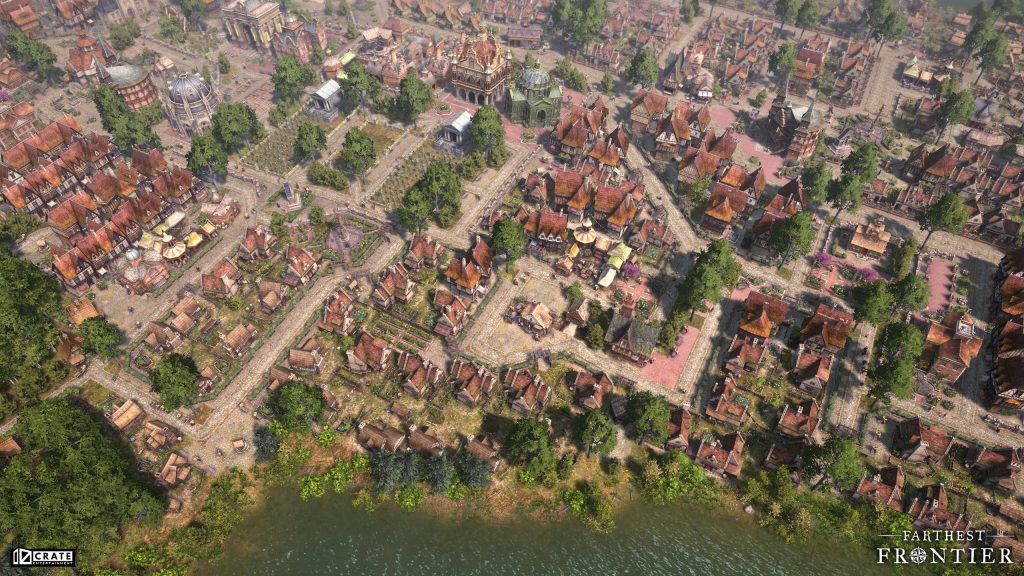
One of the biggest examples that kept me on my toes was the fact that foragers, hunters, and fishers were often required to move locations every now and then in an effort to avoid overindulging in different areas they were placed in. Whether it be moving a hunter from a deer spotting to a boar spotting on the other side of the camp or moving the forager so they focus on searching for food rather than herbs, there are plenty of options to choose from, and this is handled solely by the player for a good portion of the game.
These aren’t the only situations in which the player is required to be involved early on within the game, as the player is also tasked with selecting what trees and rocks to use as resources and such, but as the game progresses there are options to provide your villagers with the means to handle these sorts of tasks on their own, but still requiring at least direction by the player once, rather than constantly informing your villagers where to farm tree by tree or rock by rock.
Along with controlling the masses, the player also has to make tough decisions on a regular basis while also ensuring that supplies, housing, and other amenities are supplied to the settlement throughout their time with the game. As the game progresses, the player will constantly be bombarded to a degree with different situations arising within their playthrough that will keep them on their toes, which, for me, is a big positive, as there is one thing I do not want in a video game, and that is for the video game to run without my input.
Farthest Frontier
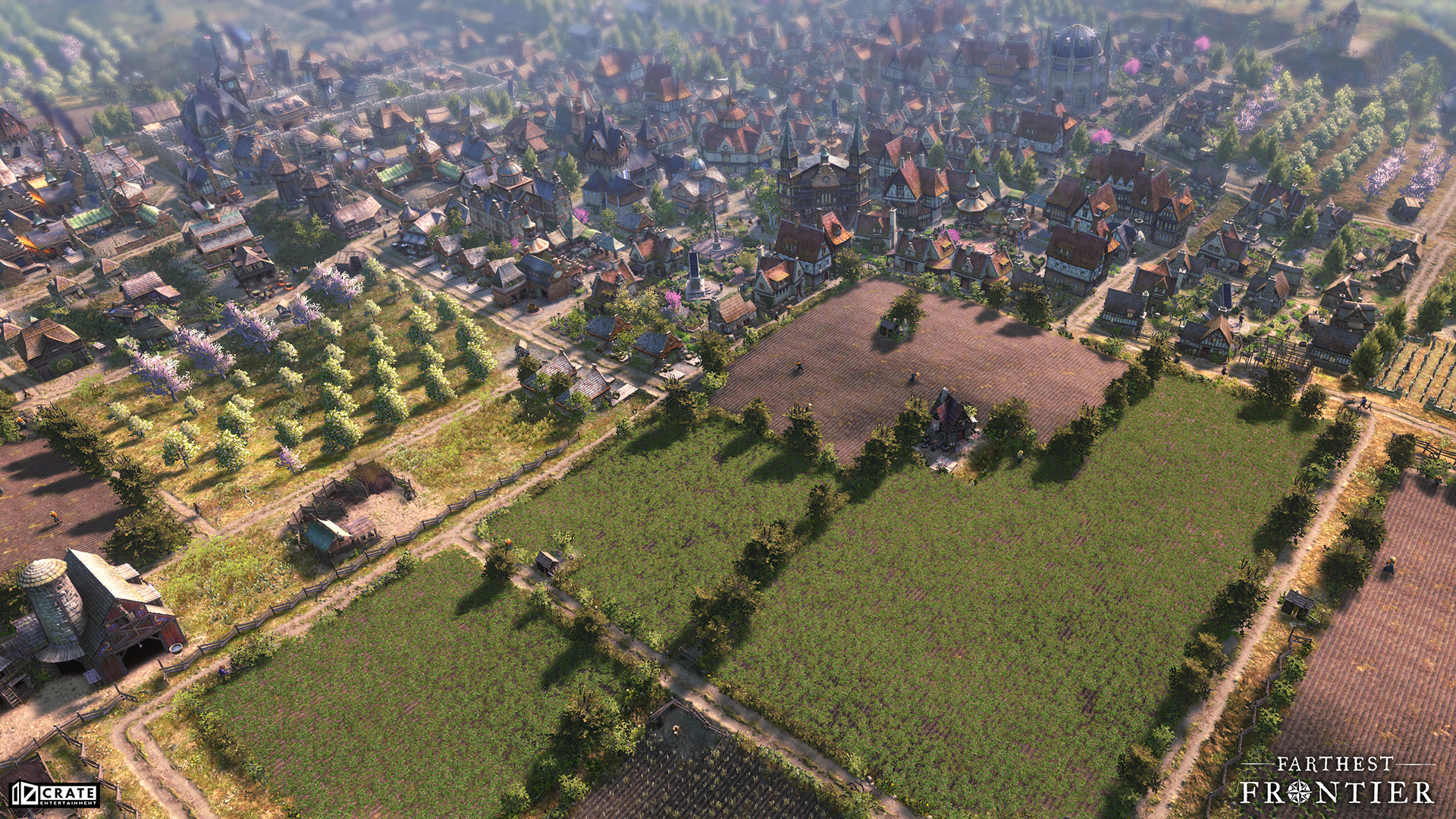
Summary
During my time with Farthest Frontier, I found it to be a fun and relaxing game that allowed me to slowly piece together what I needed to do while also creating a beautiful cityscape from the ground up.
The overall mechanics of the game were relatively simple, with very little to learn throughout my entire playthrough. However, there were a few moments when I found myself confused and struggling to understand one or two mechanics.
The world itself is wonderful, with numerous landscapes and locations to choose from, each filled with incredible detail.
HOURS PLAYED: 12
PLAYED ON: PC
- The world was well designed with incredible detail and lush locations to explore.
- The game was very addictive as it encouraged me to play on and discover more.
- On one or two occasions I did find myself struggling with the different mechanics and menus.
For more Thumb Wars Gaming coverage, check out our interview with the developer behind Rogue Blight, or check out our article talking about the recent game mode coming to Marvel Rivals.
Liam is a Senior Editor, Writer, and Critic for Thumb Wars and has been working with the team since day one. Liam is a big fan of all things gaming, as you will catch him playing all of the new releases from every genre you can imagine. Whether you find Liam gaming just for fun or spending his free time streaming, you will always find a smile on his face when it comes to all things gaming.

